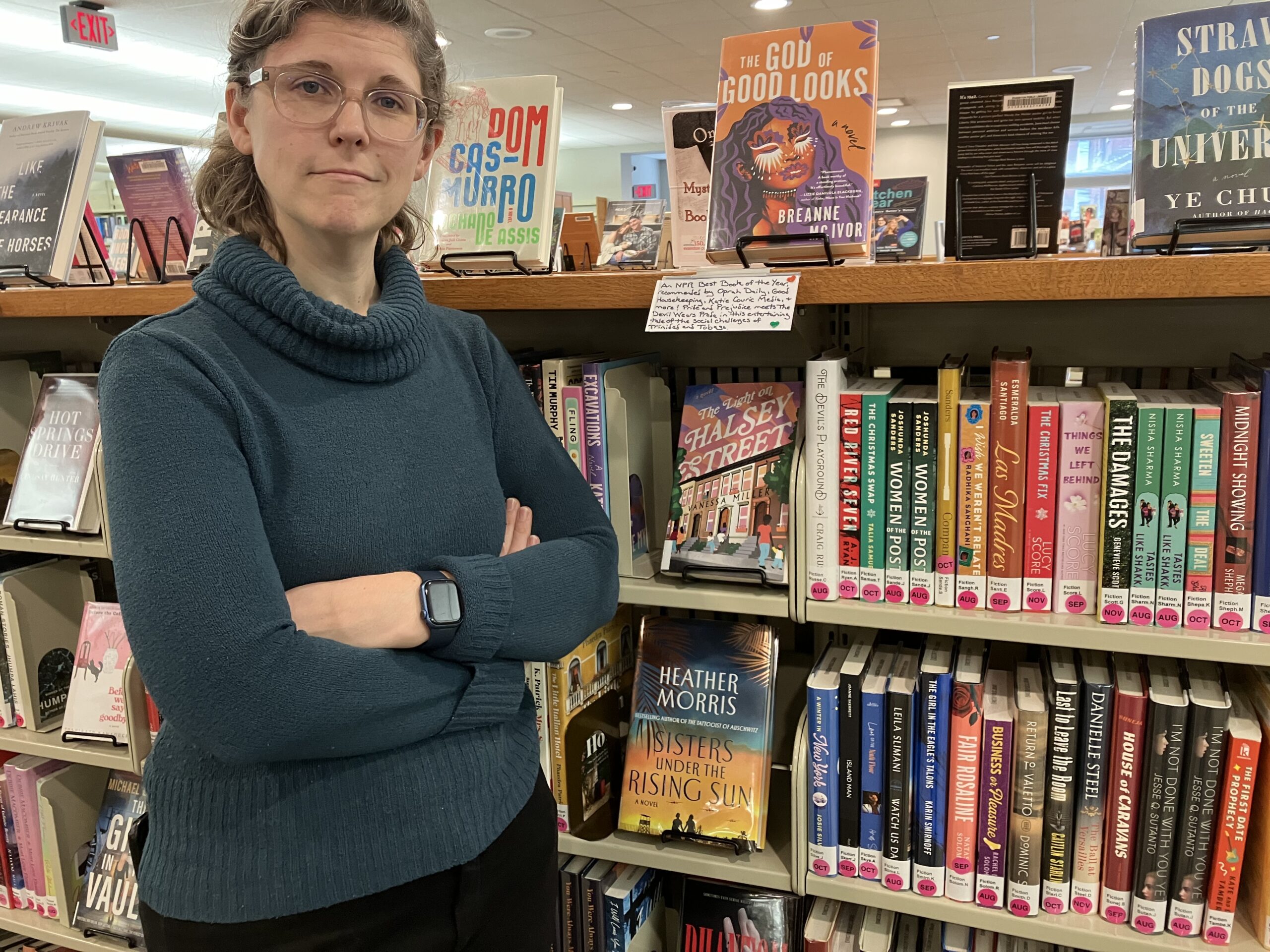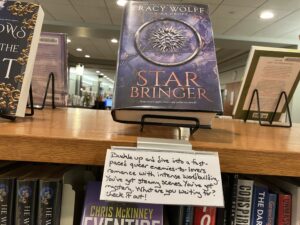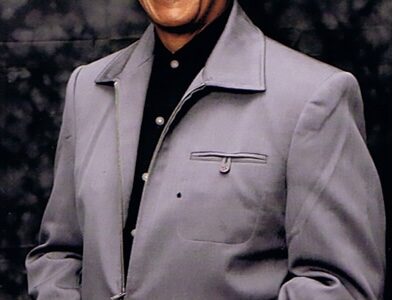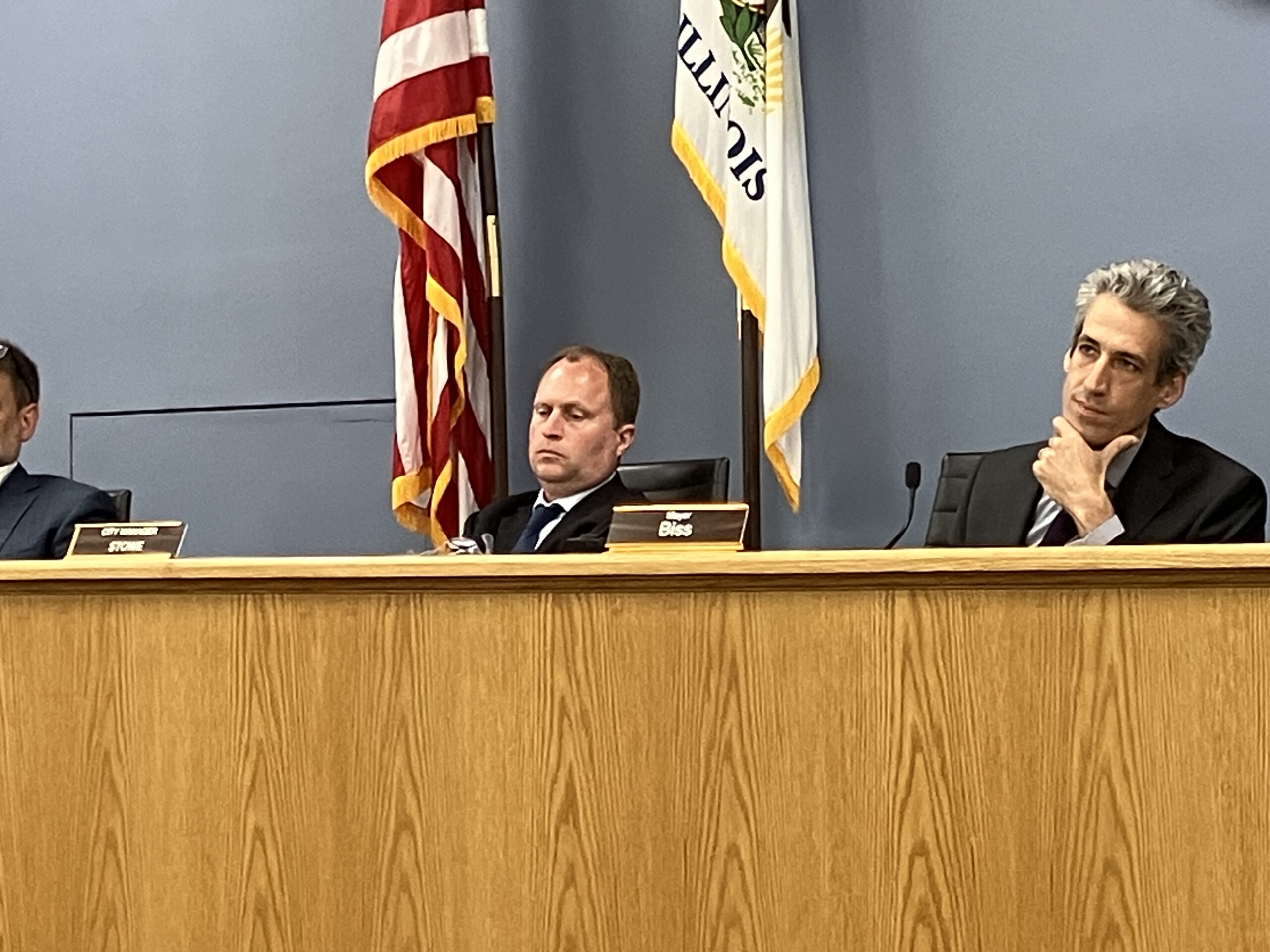By Bob Seidenberg
The book titled The God of Good Looks, a romance novel set in Trinidad and featuring a makeup artist, would seem to have all the attributes to move fast off the shelves of the Evanston Public Library.
EPL Collection Development and Materials Manager Betsy Bird listed some of its credentials on a note taped below the book on a shelf on the second floor of the main library, 1703 Orrington Ave.
“An NPR Best Book of the Year, Recommended by Oprah Daily, Good Housekeeping, and Katie Couric Media and more,” the note said. “Pride and Prejudice meets the Devil Wears Prada in this entertaining tale of the social challenges of Trinidad and Tobago.”
For all of those impressive credentials, though, the book was until last week listed on the library’s DOA, or Dead on Arrival, list – the status accorded to books that have not gone out twice since their arrival at the library.
Books in that category could be weeded entirely out of the system.
In a presentation to the Library Board Dec. 20 and in a follow-up interview, Bird described a program to avoid that outcome.
Throughout the second floor, books have been shifted around, with some faced frontward on the shelf, as might be seen at bookstores. Many have what is referred to as a “shelf talker” – a handwritten note from Bird or other staff members, describing the book’s special qualities.
“Each one of the books is on either the DOA or Dead List [three years in the collection with little or no circulation] to remove it from the library,” Bird said, “but I’m going to give it a little more time, I’m going to give us more of a chance.”
The library subscribes to a service, collectionHQ, which provides officials with information about how books in categories circulate, including those that fall in the Dead on Arrival or Dead categories.
The service can get painfully more specific, serving notice of how much money the library lost by investing in non-circulating books, said Bird, who orders new titles on the adult side.
A healthy death rate for a library’s “dead” books is about 10%. Bird said the fiction section, which was weeded last December, is around that figure, and may dip even deeper. Nonfiction, which the library has been tracking since 2013, is higher, close to 17%.
Her hope is that with the current program the library will be able to circulate more of the books.
Publicity counts
“We want a healthy, vibrant collection. We want things that people are actually checking out,” she told Library Board members. “However,” she said, “we have noticed that what tends to be checked out is stuff that people know about.”
She said books that she has tried to give the most attention are by BIPOC [Black, Indigenous and people of color] creators, historically published by small presses that lack publicity budgets.
For that reason, books in that category might get a longer stay on the shelf.
“We have these books. It doesn’t make a lot of sense for us to buy them and weed them after a couple of years because no one has heard of them,” she said. “Here’s a way to let people hear about them.”
Books aren’t thrown out
The library doesn’t recycle books or throw them away, she stressed. Baker & Taylor, the company from which the library buys books, has a service called Sustainable Shelves that takes weeded books. The library also uses Better World Books to sell books online. “Everything goes somewhere,” Bird said.
At the Dec. 20 meeting, Yolande Wilburn, the library’s new executive director, noted that when the number of dead books rises above the 10% level, that may indicate that more has to be done to promote them.
“And so I think that’s where Betsy does a phenomenal job,” she said to trustees. “When I get here in the morning she’s out there turning books and facing them, and she’s constantly, every time she walks through the library, trying to make those books visible.”
During discussion, Board President Tracy Fulce asked Bird how she decides which books to weed.
Bird said a book’s age and condition are considerations. She said walking through the stacks and seeing where they have the most titles in a subject may be a sign of a section that needs weeding too.
But she indicated it’s not as clear-cut as that.
For Hanukkah this year, the library prepared to put up a display, Bird said. “And I was told we don’t have a lot of Hanukkah books. And I’m like, we don’t have a lot of Hanukkah books because the Hanukkah books kept being weeded out. But there were a couple of books there, like this beautiful book on menorahs [Luminous Art: Hanukkah Menorahs of the Jewish Museum, published by the museum in 2004] that I’ve been refusing to weed for the last five years. I can only justify that for about 10 years and then it’s going to have to go.”
That is one reason the displays are so important, she said.
“We now have a systematic way for different librarians to do different displays,” she said, “and every time someone does a display, I print out all the dead things and all the DOA things that are on that subject and give it to them and say, “Look, here are all these books you can put on display and they can go out and they won’t be cut.”





